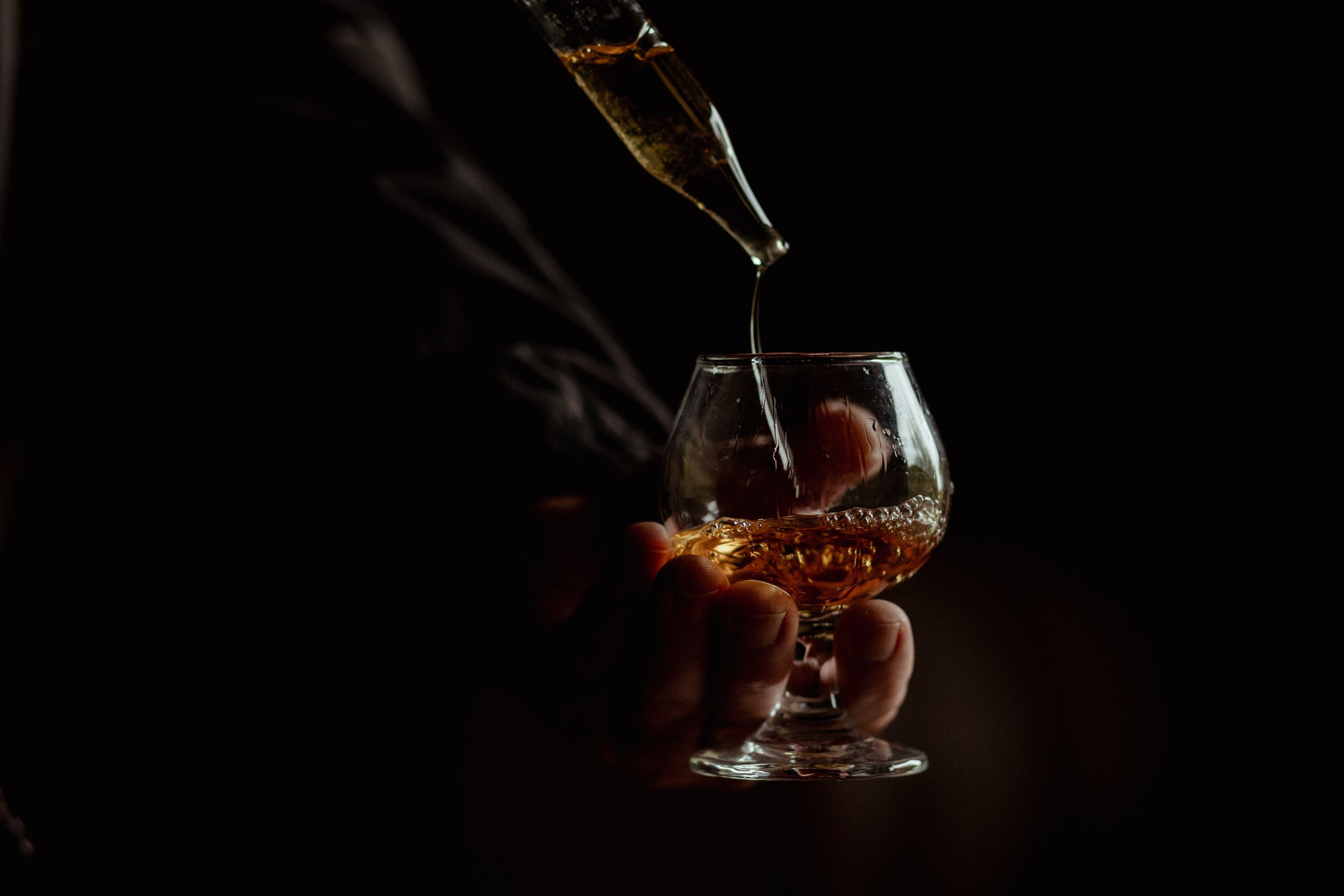How Outlander Has Changed the Whisky Industry
The television series Outlander, adapted from the acclaimed novels by Diana Gabaldon, has profoundly influenced the whisky sector, rekindling interest in Scotch whisky and traditional distillation practices. Its engaging narrative, commitment to historical authenticity, and compelling portrayal of Scotland's whisky heritage have motivated a new wave of whisky enthusiasts and heightened international demand for genuine Scottish spirits.
The Influence of Outlander on Whisky Popularity
Whisky has long been an essential part of Scottish culture, but Outlander has introduced it to a much broader audience. The show, which follows the story of Claire Randall, a 20th-century nurse who time-travels to 18th-century Scotland, frequently showcases whisky as a staple of Scottish life. This exposure has influenced whisky tourism, sales, and even new whisky releases inspired by the series.
1. Increased Interest in Single malt Whisky
With Outlander’s success, there has been a noticeable spike in interest in single malt whisky, particularly among fans who were previously unfamiliar with it. The show's setting, primarily in the Highlands, emphasizes the deep cultural ties between Scotland and its whisky heritage. Distilleries have reported increased sales and a surge in whisky tourism due to fans eager to experience the world of Outlander firsthand.
2. Whisky Tourism Boom
The show has driven thousands of fans to Scotland to visit distilleries, particularly in the Highlands and Islay, where much of the series is set. Many whisky distilleries have capitalized on this trend by offering Outlander-themed tours and tastings. These experiences allow visitors to immerse themselves in the whisky traditions depicted in the series.
Beyond Scotland, whisky lovers can also visit Glenora Distillery in Cape Breton, Nova Scotia—the birthplace of whisky in North America. This historic distillery is home to 28 overnight accommodation rooms, a pub and a fine dining room and offers an immersive experience for visitors, including tours and tastings of Glen Breton Whisky. Glenora Distillery and its brand Glen Breton Whisky has gained international recognition and has been featured as one of the Eight Distilleries to visit before you Die by World Whisky Day.
3. New Outlander-Inspired Whisky Releases
Some whisky brands have taken inspiration from Outlander to release special edition whiskies. For example:
The Sassenach Whisky – Created by Sam Heughan, the actor who plays Jamie Fraser, The Sassenach is a premium blended Scotch whisky that captures the spirit of the show. It has been met with critical acclaim and high demand among both whisky connoisseurs and Outlander fans.
Dewar’s Outlander Edition – This limited release pays homage to the whisky-drinking culture in Outlander, blending historical appreciation with modern craft.
Key Outlander Scenes Featuring Whisky
Whisky plays a crucial role in Outlander, appearing in multiple pivotal scenes that emphasize its cultural and medicinal importance.
1. Jamie and Claire’s Wedding Night (Season 1, Episode 7)
One of the most famous scenes in Outlander is Jamie and Claire’s wedding night, where whisky serves as a symbol of trust and connection. Jamie offers Claire a dram of whisky to calm her nerves, illustrating how whisky was often used for relaxation and celebration in historical Scotland.
2. The Whisky Smuggling Operation (Season 3, Episode 8)
In the third season, Jamie becomes involved in an illegal whisky distilling operation. This storyline reflects real historical events, as many Scottish distilleries operated illicitly before whisky production was formally regulated. This scene showcases traditional whisky-making techniques, further piquing viewers’ interest in the craft.
3. Whisky as Medicine (Multiple Episodes)
Throughout the series, whisky is frequently used as a medicinal remedy. Claire, a skilled healer, uses whisky as an antiseptic and pain reliever, demonstrating how whisky was historically employed for its medicinal properties. This has led to a resurgence of interest in whisky’s role in traditional medicine.
The Outlander Effect: A Lasting Impact on Whisky Culture
The Outlander phenomenon has extended beyond just casual interest; it has led to real economic growth in the whisky industry. With the show’s immense popularity, whisky brands and Scottish tourism have flourished. Whisky enthusiasts, both new and seasoned, have developed a deeper appreciation for Scotland’s distilling heritage thanks to Outlander’s vivid storytelling and historical authenticity.
Whether through themed tours, special edition whiskies, or increased whisky exports, Outlander has played a crucial role in shaping the modern whisky industry. As the series continues to captivate audiences worldwide, its influence on whisky culture will likely endure for years to come.




















